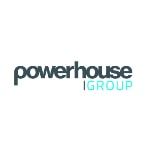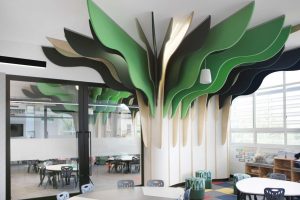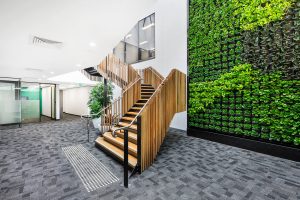What is a “timeless” design?
Mark Perry, Design Director
The Pyramids, the Colosseum and Stonehenge are three of the more common responses when asked to cite examples of truly timeless design. These answers
are not ridiculous. Believe it or not, they all contain design elements that could and should be incorporated in any fit out brief that has “timeless”
underlined, in quotes and italicised. While the term might feel a little generic, almost something you’d blurt out when nothing else comes to
mind, in the case of commercial interiors,
it implies so much more than merely lasting the life of the lease.
If you truly do want an office fit out that draws
hoarse, gasps of admiration from those with a classical bent, you’ll be pleased to know that you can. However, first we should properly define
“timeless”, just to be sure that we’re all talking about the same thing. Then we can talk about how a timeless design can be achieved and what
goes into achieving this sought after look. But first things first.
Timeless is not for everyone
A lot of design based decisions are made without properly seeking answers to questions around brand fit, functionality and target client/stakeholder/team.
Product and services need to be considered as well, in order to get a firm grip on the important difference between “timeless” and “retro” or
even “throwback”.
Burgers. Not just delicious but also made for sale and mass consumption in burger restaurants, bars, kiosks and cafés. So when modern Burger
restaurant “A” chooses to hearken back to say, the 1950s or 60s by utilising a classic Americana décor complete with juke boxes, some would say their
look is timeless. It isn’t. Major hamburger vendors have only been around since the early 20th century, reaching mainstream
popularity and acceptance in the 50s. So retro yes, timeless no. Retro tends to speak to a particular fashion or a look specific to and
easily identifiable with a defined era. Timelessness features elements that could well find themselves at home in any era. Exposed timber
beams, stone floors, exposed brickwork – you might expect to see these featured throughout the decades and centuries.
Why timeless
Brands that want to convey trust and/or strength may opt for a “timeless” look. Something that communicates the longevity of their legacy and assure
clients, current and future, that they intend to be around for quite some time to come. Banks, insurance companies, the finance sector and government
buildings may all look to establish a timeless feel. Keep in mind though, it’s not all about the outward appearance of the building.
What is the timeless design look all about?
For a fit out in the CBD of a relatively young urban centre, ancient buildings may be a scarcity. However, timeless elements are not and their inclusion
will influence the perception of the space. Not so much to convince the visitor or employee that they have stepped back in time, but simply to
allude to the qualities of perhaps a bygone era. Five tips for achieving this:
- Simplicity is the key here. Uncluttered. Functional items do exactly what they look like they should do. The relationship between
the people that work in this environment and the office itself, is an uncomplicated one. - Natural elements, it could be argued, have been around almost since time began. Certainly, recorded history tells us that there has always been
stone, wood, metals and earth. Making use of one or all of these elements certainly go a long way to establishing a foundation of timelessness. - Durable elements. See above but also hear this: timeless not only speaks to a bygone era or fixtures that never go out of style. Timeless
also means built to last. Bone china document holders may look particularly striking and impactful but you’d need to set aside a significant
budget for replacements. - A touch of history. Be it decorative jugs, an item of old world furniture, a fitting or installation of some kind, elements that incorporate
design history confer a sense of gravitas and as mentioned previously, longevity and strength. - Easy to clean. Three words that have featured on design briefs for thousands of years. As humans with constantly evolving preferences,
wants and whims, we gravitate towards lower maintenance solutions so that activities higher up on the to-do lists can be prioritised. It
sounds simplistic but a fit out that is easy to clean is far more attractive than one that comes with a thick dossier of cleaning and maintenance
requirements.
The most important question to ask is, how best do I properly represent my client’s brand while advancing their ability to improve work processes, culture
and productivity? That’s the age old question and the right solutions never go out of style.




